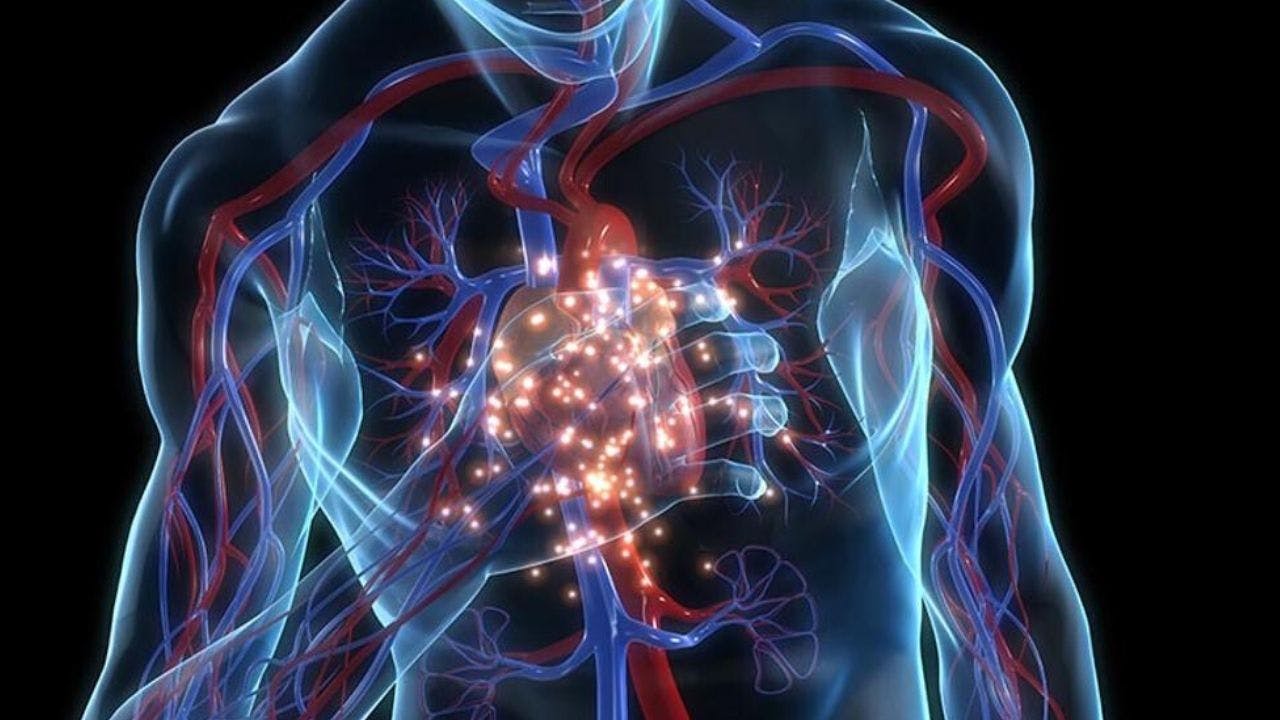April 20, 2020
2m 40s
Share:
Currently, injuries associated with cerebral and cardiac ischemia, such as injury/reperfusion, myocardial infarction, and stroke, are the most frequent disorders that cause death. Although great advances have been made in the procedures for revascularization and recanalization of occluded arteries, this treatment is not capable of mitigating the cell death that occurs during reperfusion.
The pathophysiological mechanisms of these disorders lie in oxidative stress, inflammation, microvascular dysfunction, and cell death, which is why Hyperbaric Oxygen Therapy (HBOT) has emerged as a protective strategy for injuries due to ischemia and acute myocardial infarction and revascularization procedures with encouraging results.
HBOT counteracts tissue hypoxia, supplying oxygen to an area with decreased blood flow, counteracting the events that are generated due to tissue ischemia, stimulating signal transduction and oxygen-dependent gene expression, and normalizing cell metabolism and inhibiting apoptosis.
In a study by Hentia et al, it was carried out a review of several clinical studies confirming the beneficial effects of hyperbaric oxygen therapy on ischemia-reperfusion in different tissues.
Among the works cited, an animal model carried out in 1996 already demonstrated that 5 previous sessions of HBOT produced a greater resistance to ischemia associated with cerebrovascular accident (CVA) than the control group.
From the results obtained by Xiong in the year 2000, repeated cycles of HBOT are known to induce tolerance against transient ischemia, but not against permanent ischemia, as occurs when an artery is completely occluded and. In that study, the cerebral infarction zone was reduced from 40.6mm3 to 16.2mm3 after 5 sessions of HBOT
In 2001 Dr. Kim and his team published an article in which they showed that pre-conditioning by HBOT generated an increase in the activity and gene expression of the enzyme catalase, an important antioxidant enzyme.
Other studies evaluated the production of reactive oxygen species and their relationship to preconditioning. They concluded that HBOT increases the formation of reactive oxygen species (EROs), which trigger signaling pathways with the aim of increasing the formation of antioxidant enzymes, responsible for protecting tissue from injury by ischemia/reperfusion.
In 2007 Li, Li Zhang, Wang, and Xiong studied the effects of HBOT on cell culture. The cells were subjected to damage by hydrogen peroxide (H2O2), which caused DNA damage and loss of cell viability. The protective effects of HBOT began at 4 a.m. and lasted at least 24 hours. In addition, an increase in the levels of the enzyme Hemo-oxygenase-1 (HO-1), a stress-induced isoform, was recorded. This enzyme is involved in the modulation of inflammatory processes and plays a preponderant role in establishing a protective effect.
Apoptosis is diminished when HBOT is used as a pre-conditioning treatment. Several studies found that HBOT inhibits apoptosis by inhibiting the mitochondrial pathway, reducing levels of cytochrome C oxidase and activity of caspase-3 and caspase-9 enzymes. TOHB suppresses p38 MAPK, a class of kinases that are stimulated due to stress and participate in cell differentiation, apoptosis, and autophagy.
In conclusion, the inclusion of HBOT in the prevention of inflammation and injury due to ischemia and reperfusion can be extrapolated to different pathologies where partial obstruction of the microvasculature may occur during the course of the disease. It avoids its consequences on the subsequently re-perfused damaged tissue.
The study of its effect is mainly applied to preconditioning in cardiac surgeries, organ transplants, testicular torsion reconstruction, protection of consequences in the mobilization of thrombi in ischemic stroke, protection against re-infarction in cardiac patients and pathologies where there is peripheral thrombosis in limbs and organs due to endothelial and microvasculature alteration.
The incorporation of HBOT in the treatment of these diseases could protect from excessive endothelial inflammation with the consequent damage due to reperfusion and contribute to significantly improve the morbidity of many very common pathologies.
Source
Hentia C, Rizzato A, Camporesi E, Yang Z, Muntean DM, Săndesc D, Bosco G. An overview of protective strategies against ischemia/reperfusion injury: The role of hyperbaric oxygen preconditioning. Brain Behav. 2018 Mar 30; 8 (5).
Share:
Related
View cookie policy.


